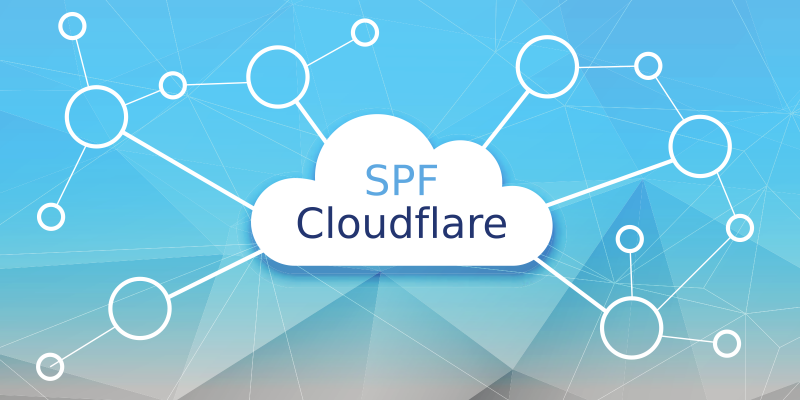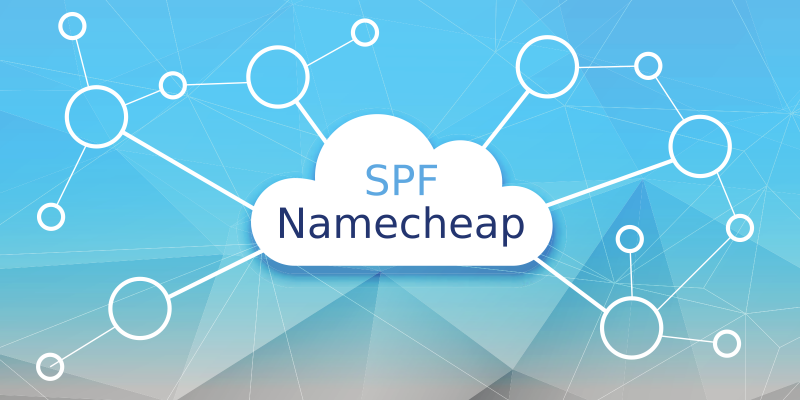
If you'd like to monitor the authentication status of your email infrastructure without having to log in to the dashboard everyday, there is a way.
You can subscribe to our periodic summary reports so that these reports are delivered to your inbox daily, weekly, or monthly…

This post provides step-by-step instructions on how to add an SPF record in CloudFlare.
About SPF recordsAn SPF record is a TXT record published in the DNS on your domain, starting with v=spf1. It's used to perform SPF checks on the receiving email server…

This post provides step-by-step instructions on how to add an SPF record in GoDaddy.
About SPF recordsAn SPF record is a TXT record published in the DNS on your domain, starting with v=spf1. It's used to perform SPF checks on the receiving email server…

This post provides step-by-step instructions on how to add an SPF record in Namecheap.
About SPF recordsAn SPF record is a TXT record published in the DNS on your domain, starting with v=spf1. It's used to perform SPF checks on the receiving email server…

This post introduces a quick way to check for email spam by sending a test message to check@dmarcly.com.
Why is email spam checking important?No matter how pretty your email template looks or how powerful your copy sounds, unless a significant portion of your messages land in the inbox, your ca…

We will go over how to configure SAML-based Single Sign-On (SSO) with Microsoft Azure Active Directory in this post.
If you use Okta for SSO, refer to: How to Configure Single Sign-On (SSO) with Okta.
If you use Google for SSO, refer to: How to Configure Single Sign-On (SSO) with Google…
